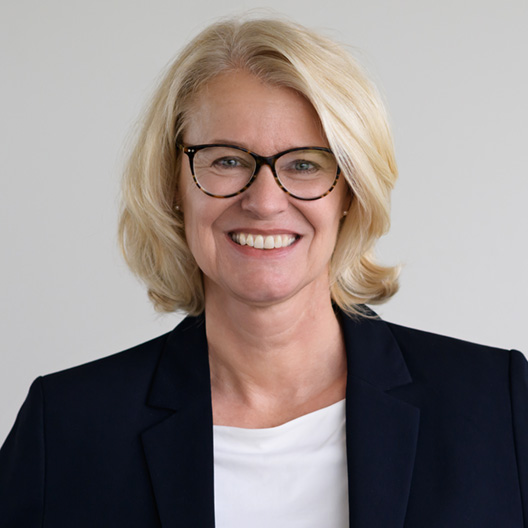Below is an alphabetical list of the Cleanzone Conference 2022 presentations available for download. The download contents made available originate from the respective named authors; in this respect, copyright questions, e.g. on the content and use of the contents, are to be addressed to the respective authors.
Frans Saurwalt: ISO 14644-4, “Content and use of the standard”
The ISO standard ISO 14644-4.2001,on design, construction and start-up has gone through a revision process since 2015 andrecently has passed the final stage to become the new standard.
The revision included reorganizing the document, substituting confusing figures by clear description of design concepts. Even more important is the introduction of ‘other cleanliness attributes’ than particles in air only, as well as the informative section on design calculations in stead of Air change rates. In all steps considerations on sustainability are included also including life cycle considerations.
Morten Schlothauer: Personalized Medicine – Chances and Challenges
Until the pandemic, most people had never heard of mRNA vaccines. Today, they are expected to be the key to curing some of the most life-threatening diseases. Their strength lies in the fact that the vaccine, i.e., the sequence of the mRNA, can be tailored to single patients. But for this personalized medicine to become the standard of care for patients around the world, major economic and technological challenges still need to be overcome.
Download: Personalized Medicine – Chances and Challenges (PDF)Olof Teulings: Product cleanliness (VCCN Guideline 12)
The guideline discusses the surface cleanliness (particles and chemicals) of products. It considers the requirements, design, raw material, manufacturing, cleaning, assembly and verification. This guideline has been made by a workgroup of the VCCN (NL) with experts from different industries in the Nano/Micro product cleanliness.
Download: Product cleanliness (VCCN Guideline 12) (PDF)André van Tongeren: State of affairs regarding ISO TC 209 WG 15
Cleanrooms and associated controlled environments are defined by being able to control particles in air. Although documents as ISO 14644-1 and ISO 14644-2 exist for many years field cases have shown a misunderstanding concerning the sampling of airborne particles.
ISO TC 209 WG 15 is in the process of writing a Technical Report to provide guidance and clarification on how to apply sound airborne particle sampling techniques in accordance with ISO 14644-1:2015 for classification of cleanrooms and clean zones and ISO 14644-2:2015 for monitoring, to provide evidence of cleanroom performance related to air cleanliness by particle concentration
In this presentation the state of affairs of ISO TC 209 WG 15 in writing this Technical Report will be addressed.
Remko Noor: Sustainability & Contamination Control in hospitals
During the lecture several options for energy savings will be explained. Energy savings which are possible in the hospital in different departments. Those savings will be related to the risk of surgical site infections and patient safety.
Download: Sustainability & Contamination Control in hospitals (PDF)Conor Murray: Diversity, equity, inclusiveness: The new "50 young professionals" education strategy of the ICCCS
International Confederation of Contamination Control Societies (ICCCS) is a Non-Profit Organisation for the promotion of the field of contamination control. With the “50 Young Professionals” project, newly involved sector professionals from every age group will have the chance to attend the ISCC events as well as the ICCCS accredited course and trainings created for them. These sector professionals which will be informed about the ICCCS procedures and committees, are aimed to be candidates for the critical positions in the ICCCS organization.
Download: The new 50 young professionals education strategy of the ICCCS (PDF)Koos Agricola: The role of surface cleanliness in contamination control
Contamination control is required for products and processes that are sensitive to particulate contamination. A cleanroom will be used to create an environment with low particle concentration. Cleanrooms are classified by airborne particles larger than 0.1 to 5 µm. In cleanrooms with personnel contamination control of macroparticles (> 5µm) especially visible particles (> 25µm) should focus more on surface cleanliness. Surface contamination can become airborne locally and subsequently deposit on critical surfaces and can be transferred during direct and indirect contact. Many years of collecting particle deposition rate data in various industries has demonstrated the presence of macroparticles and visible particles. Next to limiting the generation of particles and removing airborne particles by ventilation, frequent and efficient removal of surface particles by cleaning will reduce the risk of contamination significantly. Therefore, monitoring surface cleanliness of floors, work surfaces, equipment and tools surfaces in the entire cleanroom will demonstrate the quality of cleanroom use and operational procedure, especially the cleaning program. The use of ISO 14644-9:2022 and ISO 14644-17:2021 and new instrumentation make this possible.
Download: The role of surface cleanliness in contamination control (PDF)Udo Gommel: How is the Fraunhofer-Gesellschaft meeting the challenge of recruiting and educating young talent?
Many companies are looking for skilled workers, while at the same time there are a large number of vacancies in fields such as mechanical engineering, civil engineering, electrical engineering, etc. Academic specialists are nowhere near enough to meet the demand. This presentation shows what measures the Fraunhofer-Gesellschaft is taking to counter this problem.
Download: Wie begegnet die Fraunhofer-Gesellschaft der Herausforderung der Nachwuchsgewinnung und -ausbildung (PDF) / German VersionOnline-Talk with Patrycja Sitek:
How to become a cleanroom blogger ? Popularization of knowledge about the ISO 14644 standard in Poland and abroad.
